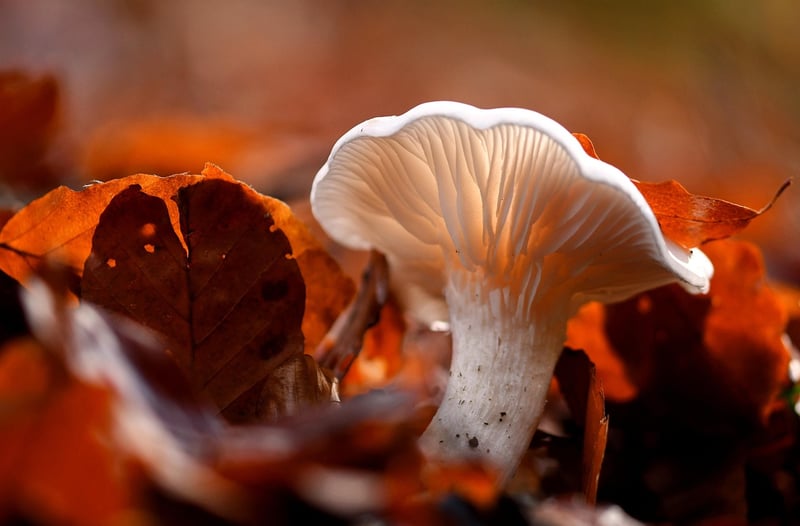Martian Biology
Exploring Life Beyond Earth: Martian Biology

As humans continue to gaze up at the stars and wonder about the possibility of life beyond Earth, one of the most intriguing places we look to is Mars. The Red Planet, with its barren landscape and thin atmosphere, may hold clues to understanding the potential for life beyond our home planet.
Could Life Exist on Mars?
While Mars may appear desolate, scientists have found evidence that suggests the planet may have once been hospitable to life. Ancient river valleys, lake beds, and mineral deposits indicate that liquid water once flowed on the Martian surface, a key ingredient for life as we know it.
Exploring Martian Biology
If life does exist on Mars, it is likely to be microbial in nature. Microorganisms are known to thrive in extreme environments on Earth, from deep-sea hydrothermal vents to acidic hot springs, leading scientists to consider similar habitats on Mars.
Challenges of Studying Martian Life
One of the biggest challenges in studying Martian biology is the harsh environment of the planet. With its thin atmosphere, high levels of radiation, and extreme cold, any potential Martian organisms would need to have adapted unique survival strategies to exist in such conditions.
Potential for Future Missions
NASA and other space agencies are planning future missions to Mars to search for signs of past or present life. Rovers like Curiosity and upcoming missions like the Mars 2020 rover will continue to explore the Martian surface and analyze samples for any traces of biological activity.
Conclusion
While the search for life on Mars is ongoing, the possibility of discovering Martian biology remains one of the most exciting prospects in the field of astrobiology. Whether we find evidence of past life or encounter living organisms on Mars, the Red Planet continues to captivate our imagination as we explore the mysteries of our solar system and beyond.
References:
